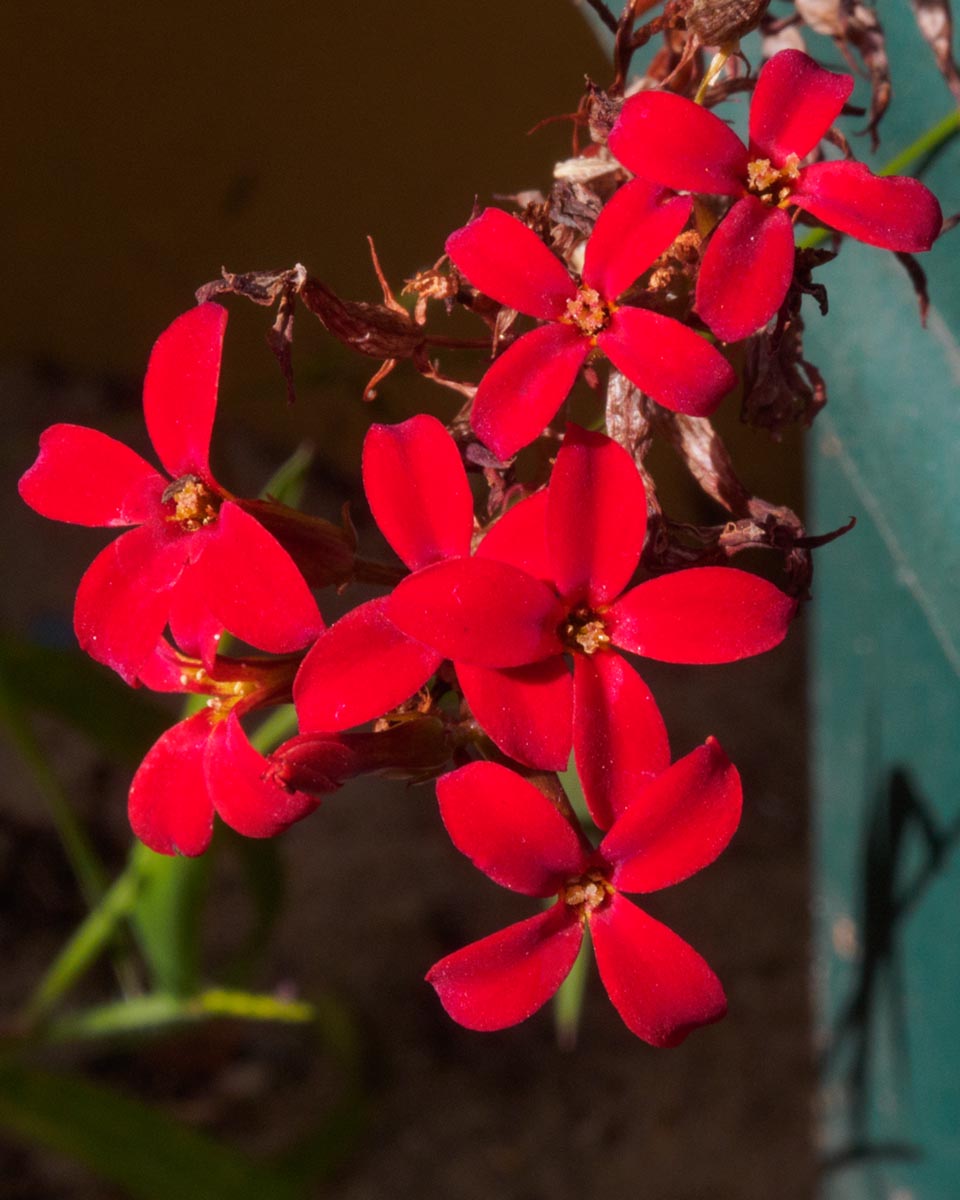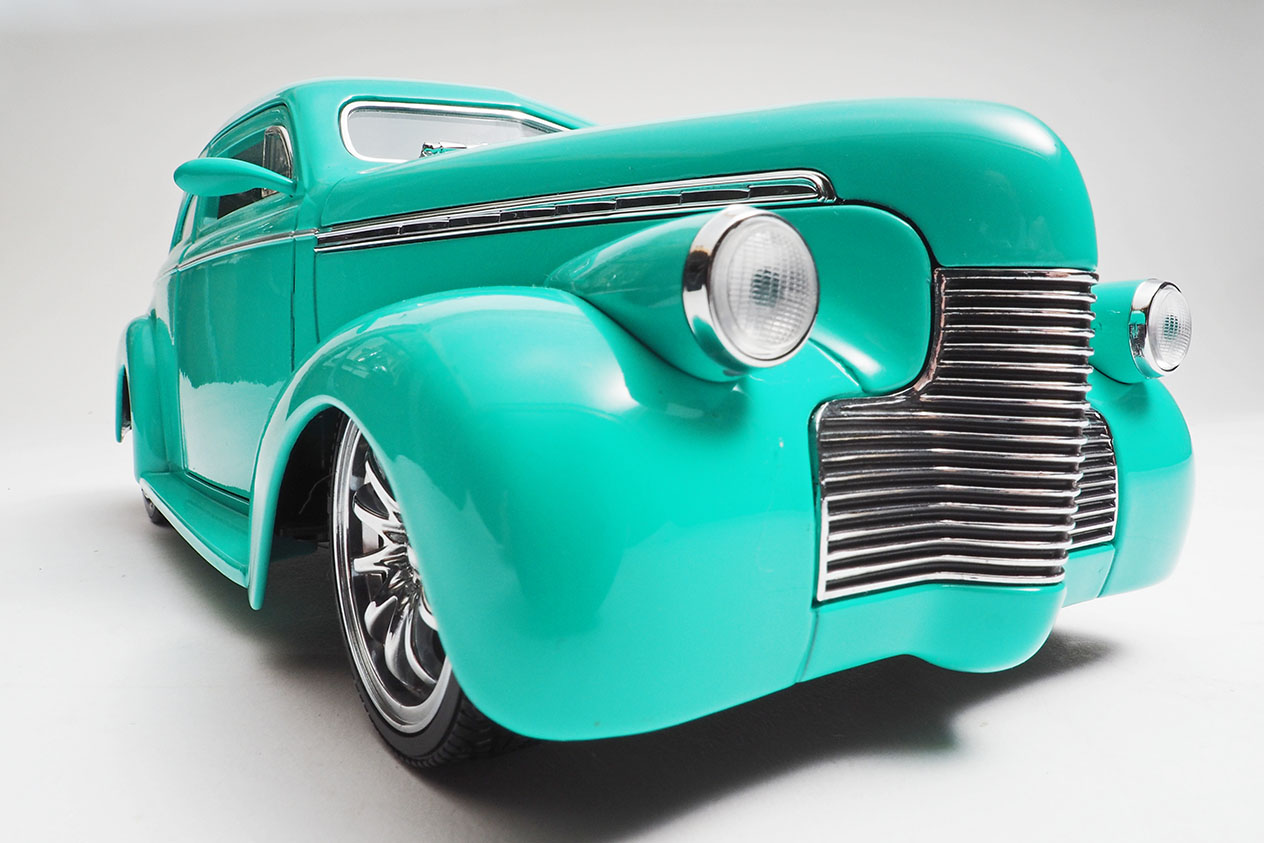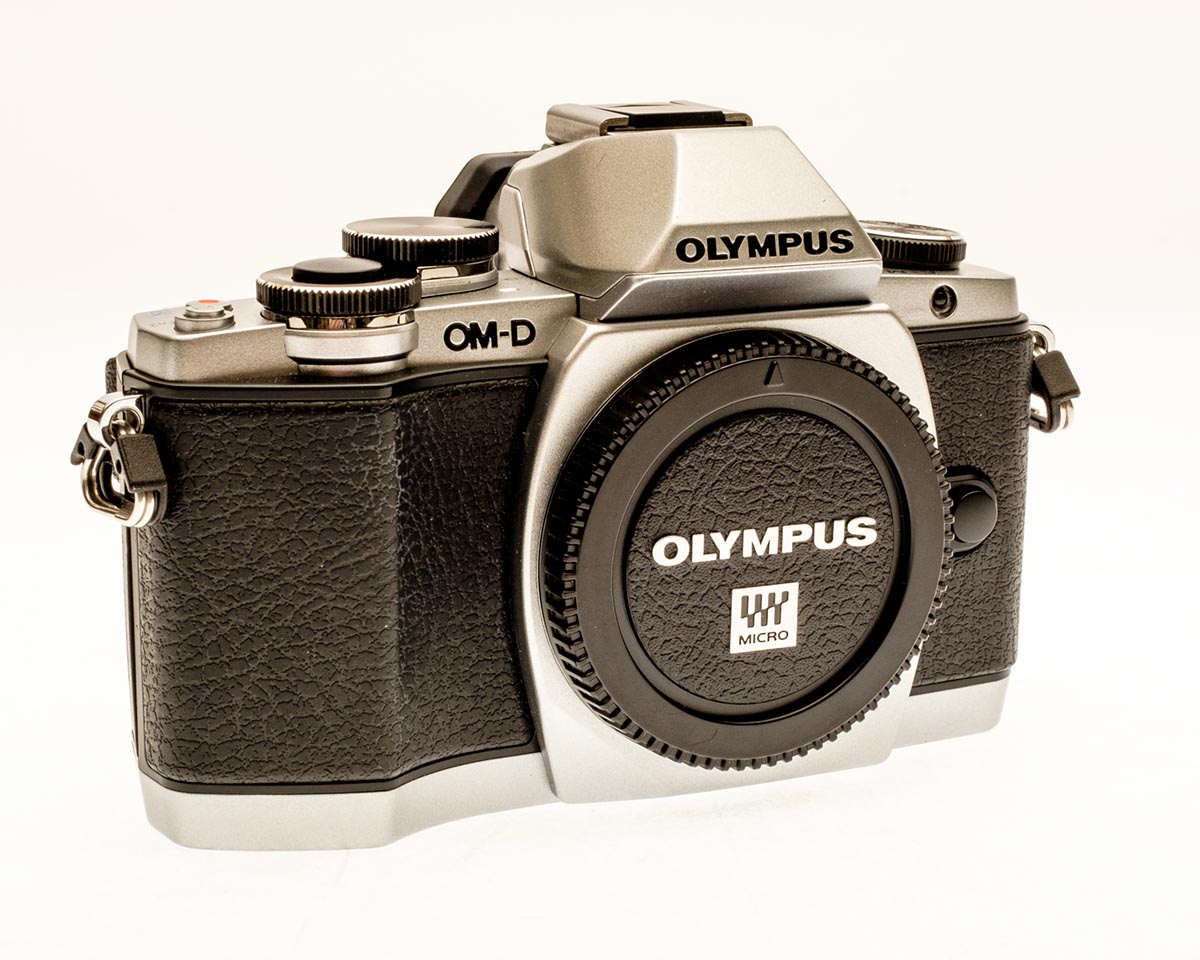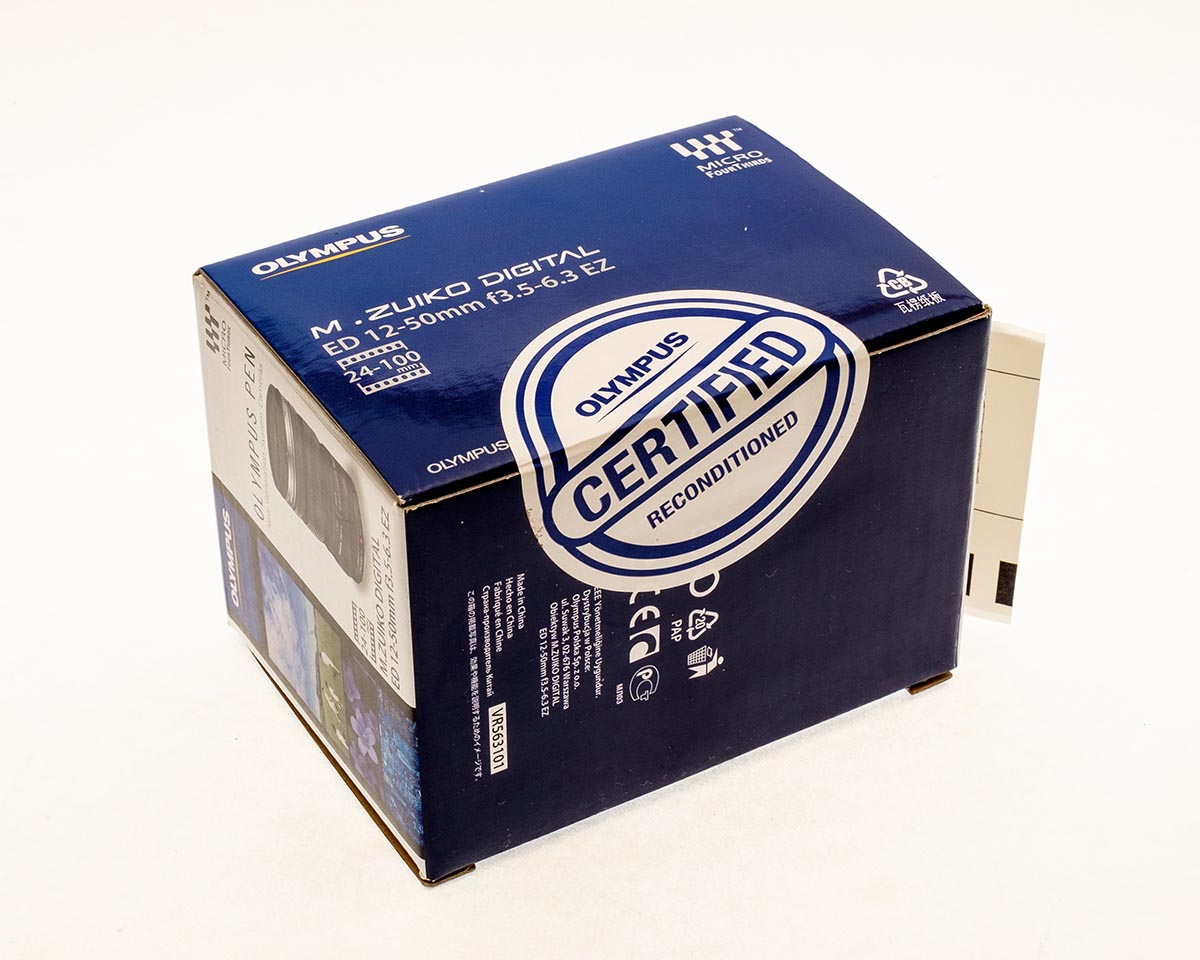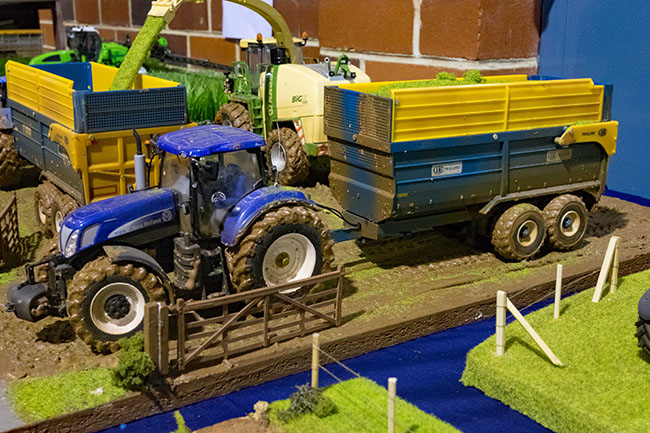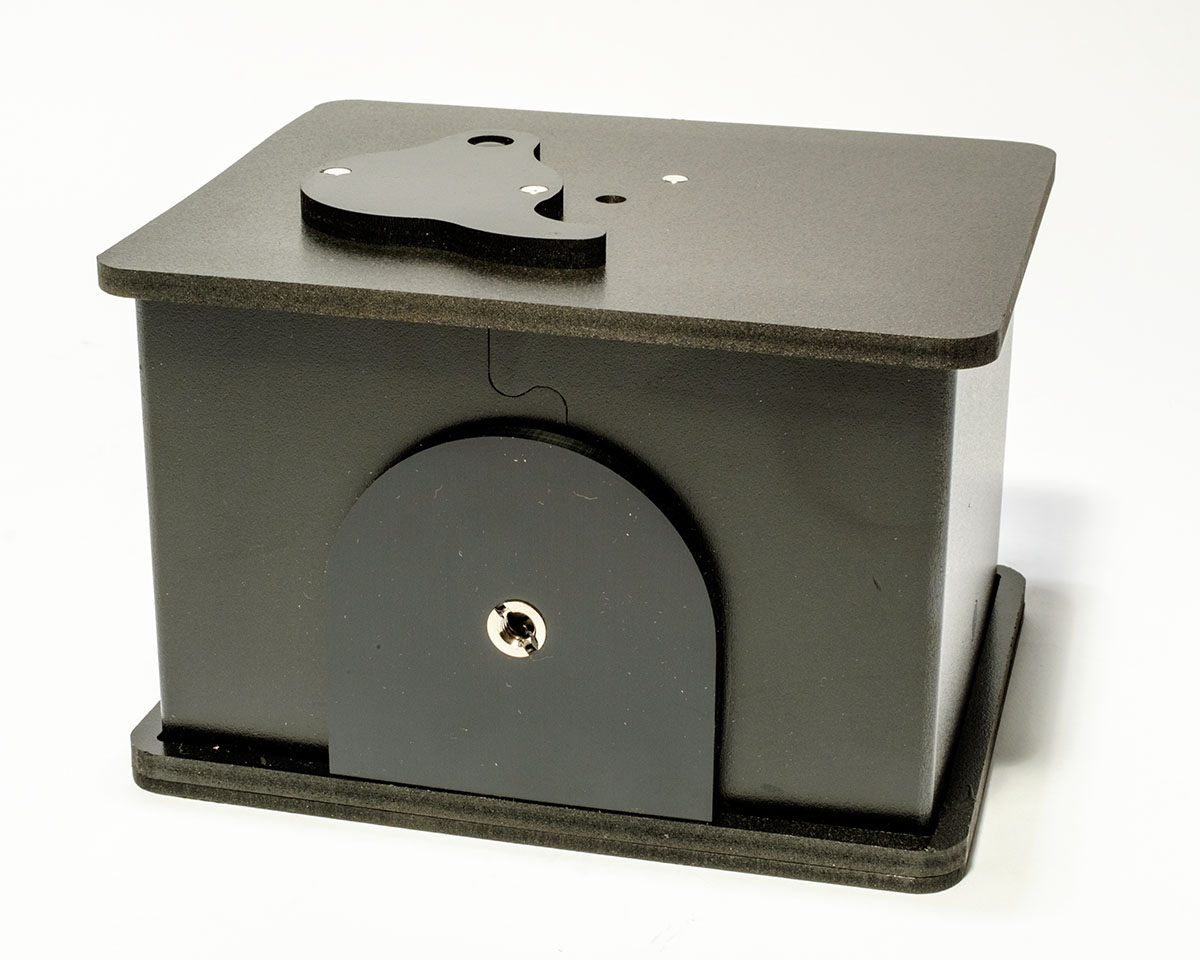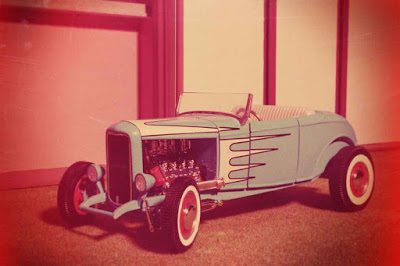12 May Shouldering The Burden Of Being Fabulous…
A little while ago I reported on a stylish messenger bag from Peak Design that featured industrial-strength closures combined with an unusual fabric colour. It was stylish to the max but imminently practical - a good example of industrial design finally intertwining with fashion. Well, if...





